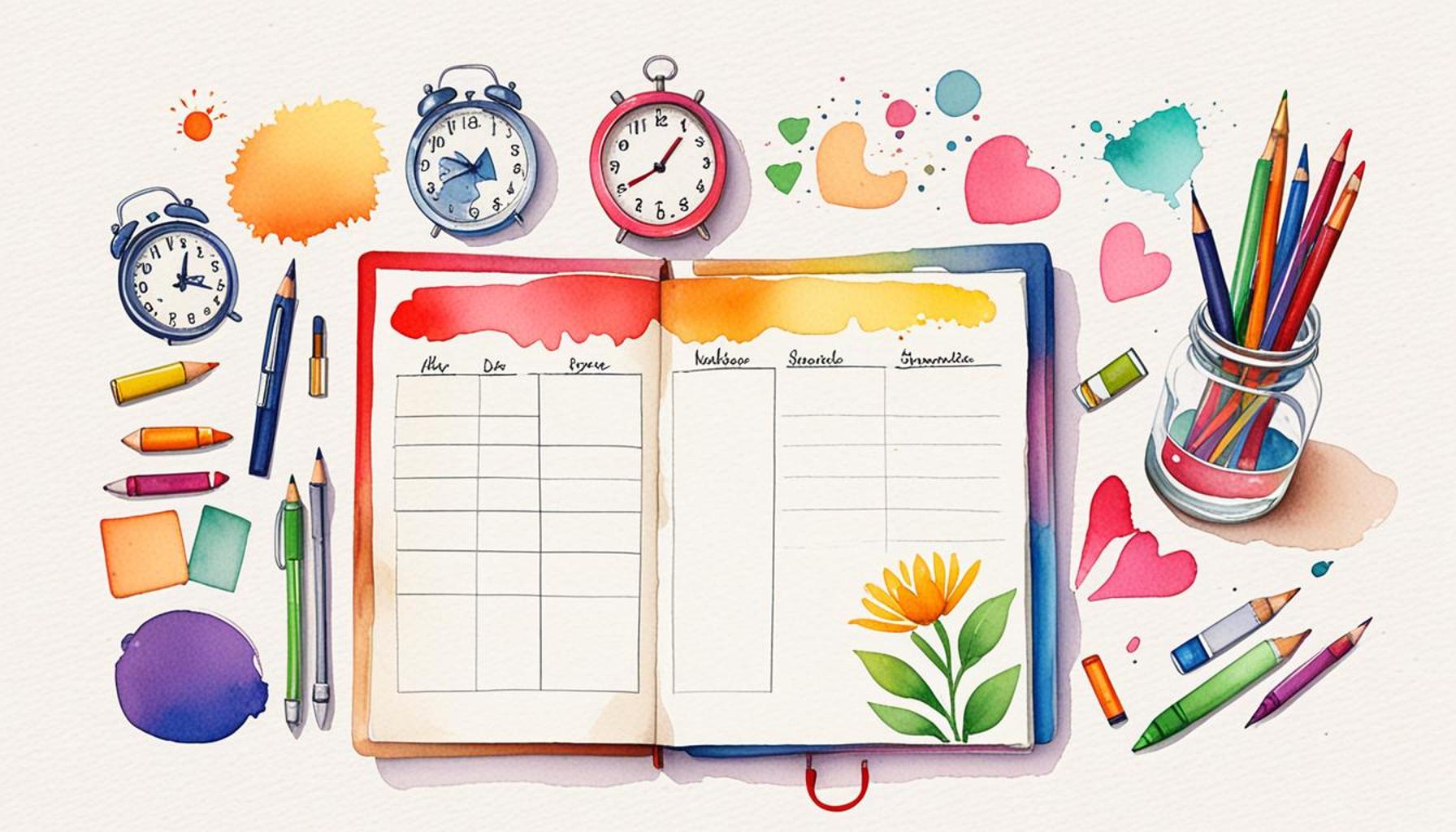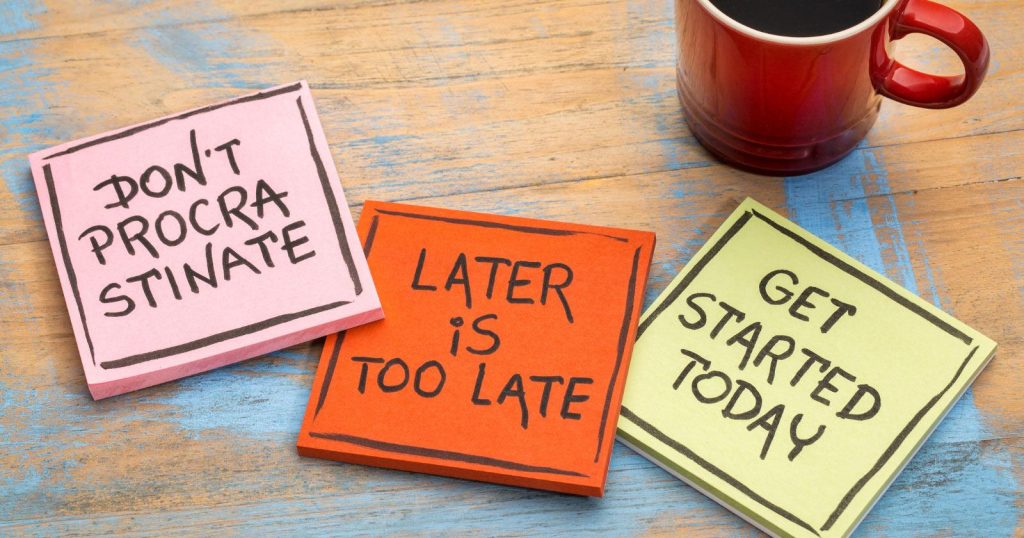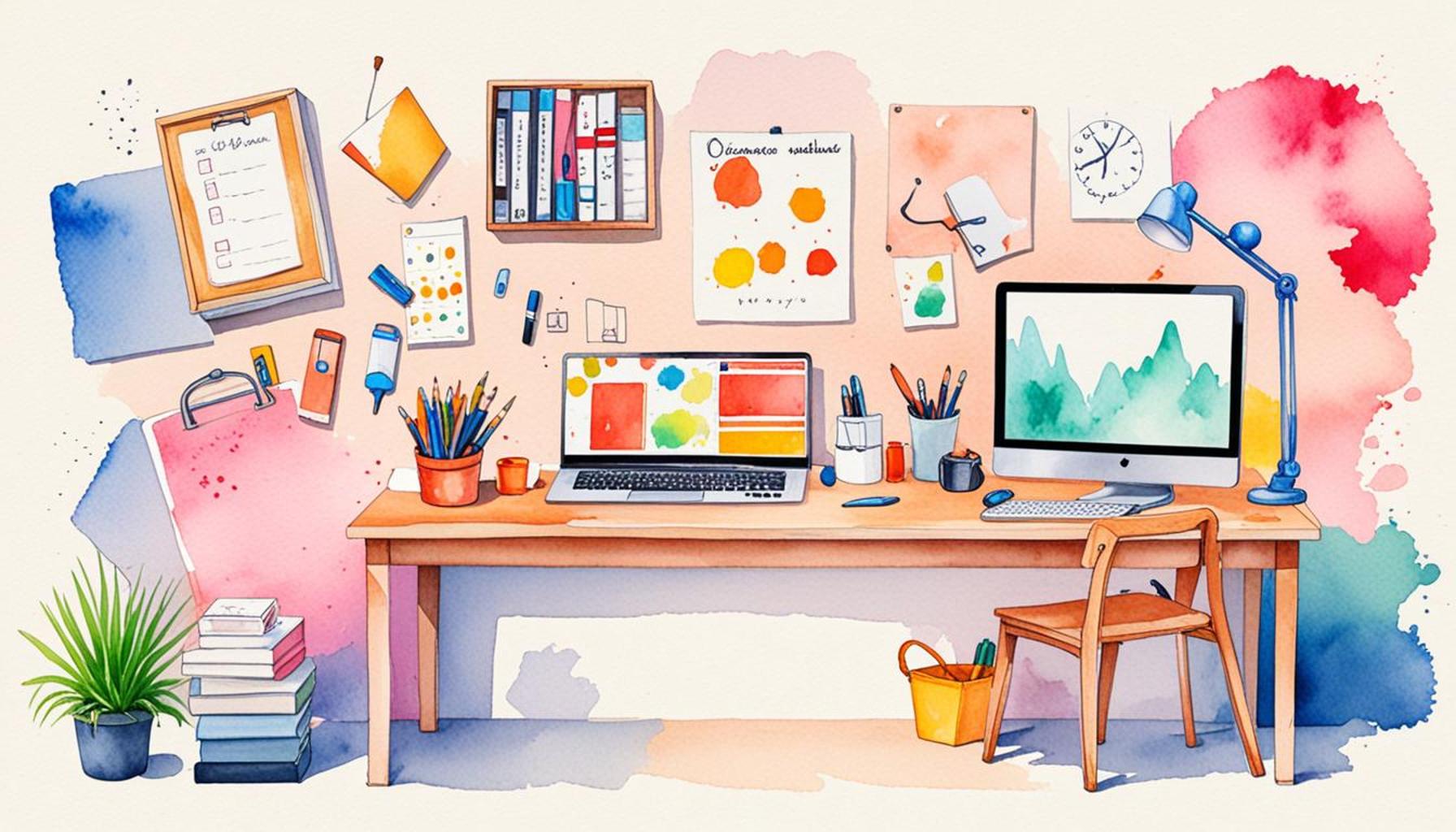Minimalist Organization Strategies to Reduce Procrastination

Conquering Procrastination Through Minimalism
In today’s fast-paced world, the struggle against procrastination is all too familiar. We often find ourselves drowning in endless tasks, unsure where to start. The key to overcoming this inertia lies in adopting minimalist organization strategies. These techniques can help declutter our minds and environments, paving the way for a more focused and productive life.
Minimalism isn’t merely about reducing physical possessions; it’s about creating a lifestyle centered around what truly matters. By simplifying our lives, we not only create space in our surroundings but also in our minds. This clarity allows us to prioritize effectively and concentrate on the tasks that align with our goals and values. The benefits of embracing a minimalist approach can be profound, including:
- Boosted focus: Removing unnecessary distractions from our environments can significantly enhance our concentration. For example, organizing your workspace to eliminate clutter can result in a clearer mind, allowing for deeper engagement with your tasks.
- Enhanced productivity: By establishing clear priorities, we can better allocate our efforts. Focusing on what is essential can lead to improved output, whether you are working on a project for work or managing household responsibilities.
- Reduced stress: A tidy environment can lead to a more peaceful mental state. Studies show that people who maintain organized spaces often report lower levels of anxiety, allowing for a more tranquil approach to daily challenges.
Implementing effective minimalist strategies can make procrastination a relic of the past. Consider exploring methods such as:
- The two-minute rule: If a task takes less than two minutes to complete, do it immediately. This can include minor tasks like responding to an email, washing a dish, or making a quick phone call. By tackling these small jobs right away, you prevent them from piling up and becoming overwhelming.
- Time blocking: Allocate specific time slots for various tasks in your day. For instance, you might set aside 30 minutes in the morning for emails, followed by a dedicated hour for project work. This approach not only structures your day but also increases accountability.
- Daily declutter: Spend a few minutes each day tidying your workspace or digital devices. This could involve organizing files on your computer, clearing your desk, or straightening up your living area. A daily practice of tidiness prevents the onset of chaos.
With the right approach and committed application of minimalism, it’s entirely possible to design a life that not only promotes efficiency but also cultivates a sense of calm. Delving into these minimalist organization strategies may indeed transform your productivity and help eliminate procrastination for good. Embrace the challenge of simplification and watch as the burdens of clutter—both physical and mental—begin to lift, paving the way for a more fulfilling and effective daily life.
DISCOVER MORE: Click here to learn about decluttering your space

Practical Approaches to Minimalism in Daily Life
The philosophy of minimalism can be a game-changer when it comes to tackling procrastination. Rather than viewing it as a mere lack of motivation, many experts suggest that procrastination frequently stems from heightened anxiety and overwhelm caused by clutter—both tangible and intangible. Therefore, adopting minimalist organization strategies enables a smoother transition from procrastination to productivity. Here, we delve deeper into specific techniques that can aid in streamlining daily tasks and fostering an environment conducive to focus.
Assessing Your Priorities
To begin, it is crucial to assess your priorities. Taking a step back to identify what truly matters can drastically alter your approach to time management. Start by listing out your top goals—be it career aspirations, personal development, or household responsibilities. Once you have this clarity, it’s essential to categorize your tasks based on importance and urgency, following the Eisenhower Matrix approach: classifying tasks into four quadrants of urgency and importance. This process not only reduces mental clutter but also empowers you to allocate your time effectively.
The Power of “Less is More”
In the realm of productivity, the phrase “less is more” takes on significant relevance. When it comes to tasks, fewer commitments often lead to greater fulfillment and accomplishment. By consciously saying ‘no’ to non-essential activities, you create additional time and mental space to focus on your priorities. Consider adopting the 80/20 rule—a principle suggesting that 80 percent of results come from 20 percent of efforts. By identifying and concentrating on the 20 percent of tasks that yield the greatest results, you can streamline your efforts and reduce the potential for procrastination.
Organizing Your Environment
Your physical environment plays a pivotal role in shaping your productivity levels. A cluttered space can mirror a cluttered mind, making it challenging to concentrate. Here are effective organization strategies you can implement to minimize distractions:
- Dedicate Zones for Specific Activities: Create distinct areas in your home for different tasks. For example, establish a specific location for work-related activities, ensuring the space is exclusively reserved for those tasks to foster focus.
- Utilize Digital Tools: Implement organization apps that help you manage tasks, such as Todoist or Trello. These digital platforms can aid in keeping your tasks visible, preventing them from slipping through the cracks.
- Regular Cleanouts: Schedule regular intervals—weekly or monthly—to declutter your space. A simple cleanout can refresh your environment and invigorate your motivation.
By employing these minimalist organization strategies, you empower yourself to escape the cycle of procrastination. In the next section, we will explore additional tools and techniques that further support a minimalist lifestyle, ultimately guiding you towards a more productive and fulfilling existence.
Minimalist Organization Strategies to Reduce Procrastination
Procrastination can often be tied to feeling overwhelmed by clutter, both physical and mental. Adopting minimalist organization strategies leads not only to a cleaner environment but a clearer mind, enhancing productivity and focus. Below is a table that outlines two significant categories related to the advantages of these strategies:
| Category 1 | Category 2 |
|---|---|
| Decreased Distractions | By streamlining your workspace, less clutter means fewer distractions, allowing for deeper concentration on tasks. |
| Enhanced Time Management | Minimalism fosters a focus on priorities, making time management simpler and encouraging timely decision-making. |
Implementing minimalism isn’t just about aesthetics; it’s about creating an environment that fosters creativity and limits procrastination. Studies indicate that organized spaces can significantly affect motivation levels and focus. Adopting these strategies paves the way for a more productive lifestyle.
DISCOVER MORE: Click here to delve deeper
Embracing the Art of Simplification
While many believe that staying busy equates to being productive, the reality is that embracing simplicity can lead to heightened efficiency and focus. Minimalist organization strategies revolve around the concept of simplifying processes to eliminate time-wasting habits, ultimately combating procrastination. The following aspects delve deeper into employing simplicity as a tool for enhanced productivity.
Streamlining Task Management
One of the most effective ways to reduce procrastination is to streamline your task management process. This involves creating a straightforward system for tracking and managing daily tasks. A method you can adopt is the two-minute rule, popularized by productivity expert David Allen. The principle states that if a task takes less than two minutes to complete, do it immediately. This simple yet profound approach prevents small tasks from piling up and becoming a source of anxiety, leading to procrastination.
In conjunction with this, consider the practice of time blocking, where you assign specific blocks of time to particular tasks or projects. This technique allows you to focus on one task at a time, minimizing distractions from multitasking. By being intentional about how you use your time, you not only minimize procrastination but also enhance the quality of your work.
Implementing Visual Cues
Visual cues play a pivotal role in minimizing procrastination and keeping your priorities in check. Creating a visual task board can help bring your intentions into the physical realm. This could be as simple as a whiteboard or even a corkboard with sticky notes representing tasks and goals. The act of physically moving completed tasks from one location to another serves as a powerful motivator, as it provides tangible evidence of your progress.
Moreover, employing visual reminders for your workspace can further reduce overwhelm. Whether it’s a photo that inspires you or a motivational quote that resonates, surrounding yourself with positive visuals can boost your morale and keep you focused on meaningful work.
Diving into Minimalist Digital Organization
In the digital age, clutter often extends beyond physical spaces; our computers and smartphones can also become overwhelmed with information. Practicing digital minimalism is fundamental in combating procrastination. Start by decluttering your digital workspace: organize files into clearly labeled folders, unsubscribe from unnecessary email lists, and limit notifications to only essential apps.
Consider utilizing tools like Google Keep or Evernote for digital note-taking, which can help you keep thoughts organized and accessible. These digital platforms allow you to create streamlined lists that are easy to update and review periodically, reducing the feeling of chaos that often leads to procrastination.
Fostering a Minimalist Mindset
Ultimately, minimalism goes beyond physical organization—it is a mindset to cultivate. Practices such as mindfulness can complement your organizational efforts. By incorporating meditation or deep-breathing exercises into your routine, you create mental clarity and break the cycle of procrastination spearheaded by stress or anxiety. Moreover, recording your thoughts daily in a journal can aid in decluttering your mind.
As we explore these minimalist organization strategies, it’s essential to remain aware that simplicity requires intentionality and regular upkeep. In the pursuit of a more productive life, the strategies employed will play a crucial role in reshaping not only your environment but your approach to procrastination. In the upcoming section, we will discuss additional minimalist habits that can reinforce these strategies, leading to sustained productivity and fulfillment.
DIVE DEEPER: Click here to discover the one-year rule for decluttering success
Conclusion: Reimagining Productivity Through Minimalism
In a world where distractions abound and time slips through our fingers, adopting minimalist organization strategies offers a refreshing path to combat procrastination. By emphasizing simplicity, individuals can cultivate an environment that fosters focus and productivity. The techniques of streamlining task management, implementing visual cues, and practicing digital minimalism not only clear the clutter from our physical and digital spaces but also from our minds.
Moreover, embracing a minimalist mindset enhances this journey toward improved efficiency. Simple practices, like the two-minute rule and time blocking, serve as practical tools in overcoming the inertia that often accompanies overwhelming tasks. Visual task boards act as daily reminders of our goals, transforming our intentions into tangible actions that can incite motivation. By consciously limiting digital distractions, we pave the way for clarity and purposeful work.
As we adopt these strategies, it’s vital to recognize that minimalism is not just about reducing what we own or manage—it’s about embracing a philosophy that values meaningful engagement with our tasks and life. In this pursuit, mindfulness and reflection become essential allies in maintaining an organized, productive state of being.
In conclusion, the journey to minimizing procrastination involves both action and reflection, leading to greater fulfillment and success in our personal and professional lives. By embedding these minimalist principles into our daily routines, we invite a profound shift that encourages not just doing more but doing better. Explore these strategies further to unlock their potential in your life, and watch as procrastination gives way to progress.


